#nasa hubble telescope
Text

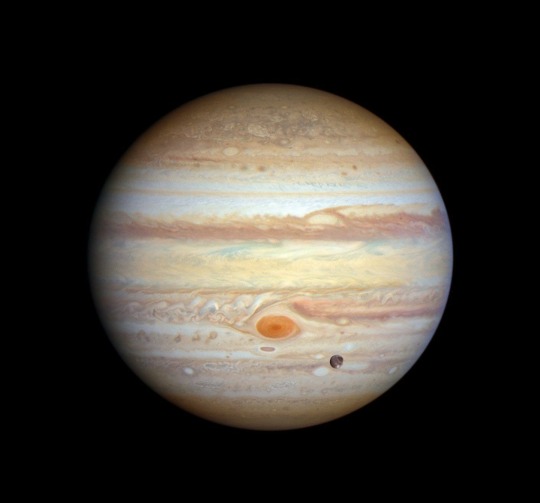
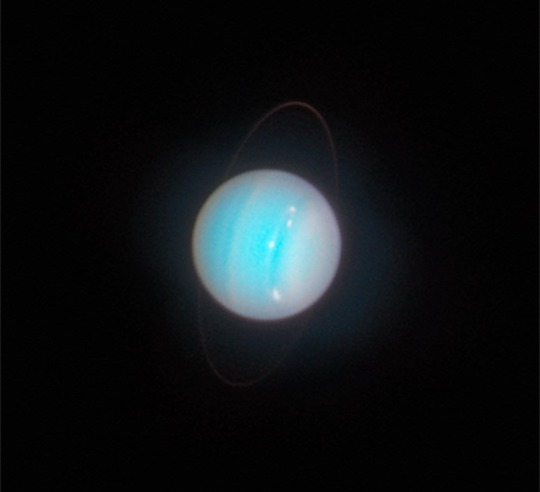

NASA Hubble Jupiter and Uranus
226 notes
·
View notes
Text

HUBBLE'S BUBBLE. 🌌🫧
This blue "bubble" surrounding a massive, late-stage star about 30,000 light-years away is called a Wolf-Rayet nebula.
It was created when speedy stellar winds interact with the outer layers of hydrogen that are ejected by Wolf–Rayet stars.
📷: NASA Hubble
25 notes
·
View notes
Text

In 2009, NASA overlaid matching images from Hubble, Spitzer, and the Chandra X-ray Observatory to produce this incredible image highlighting each of the telescopes' different wavelength views of the center of our Milky Way galaxy.
"In this spectacular image, observations using infrared light and X-ray light see through the obscuring dust and reveal the intense activity near the galactic core. Note that the center of the galaxy is located within the bright white region to the right of and just below the middle of the image. The entire image width covers about one-half a degree, about the same angular width as the full moon." - NASA
(©)
#go for queue deploy#nasa#nasa hubble telescope#hubble#spitzer#nasa spitzer#nasa chandra#chandra x ray observatory#astronomy#astrophotography#galaxy#nebula#stars#cosmos#cosmic
377 notes
·
View notes
Text

This cosmic insight comes from one of the first studies of images captured by Nasa's new James Webb Space Telescope.
#nasa#nasa hubble telescope#nasa webb telescope#nasa photos#cartwheel galaxy#galaxy#james webb space telescope#james webb telescope#outer space#spiral galaxy#telescope#helix nebula#nebula#nebulae#nebulas#space#space exploration#space photos#space science#astronomy
73 notes
·
View notes
Text

Nebulae,Supernovae & Stars Captured by Hubble Space Telescope.
25 notes
·
View notes
Text
Some of my favorite images of our galaxy, I find myself turning to the universe as our world falls apart.


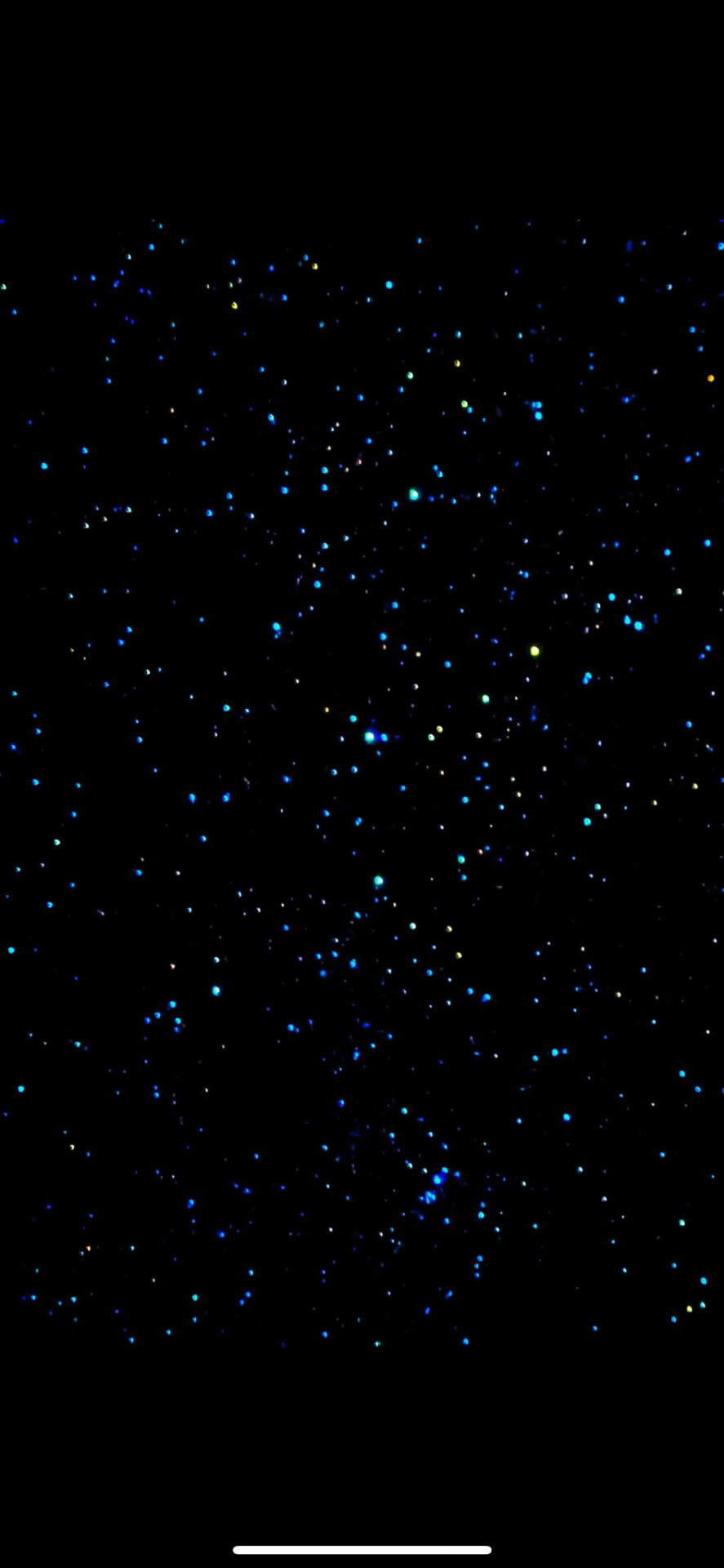



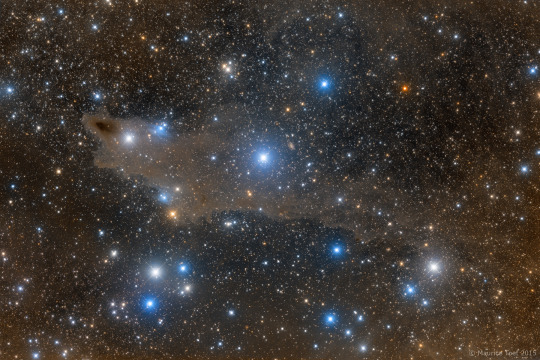


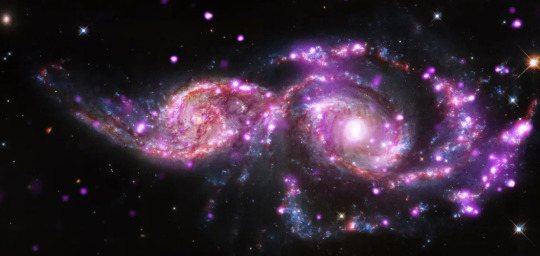
#Spotify#galaxy#james webb space telescope#outer space#hubble#nasa hubble telescope#nasa picture of the day#nasa photos#nasa
46 notes
·
View notes
Text
The complex, ice-covered surface of Jupiter’s moon Europa was captured by NASA’s Juno spacecraft during a flyby on Sept. 29, 2022. At closest approach, the spacecraft came within a distance of about 219 miles (352 kilometers).
Credit: NASA/JPL-Caltech/SWRI/MSSS

#astronomy#science#news#outer space#universo#space science#space exploration#astronomy news#space#jupiter#europa#nasa hubble telescope#nasa
22 notes
·
View notes
Text
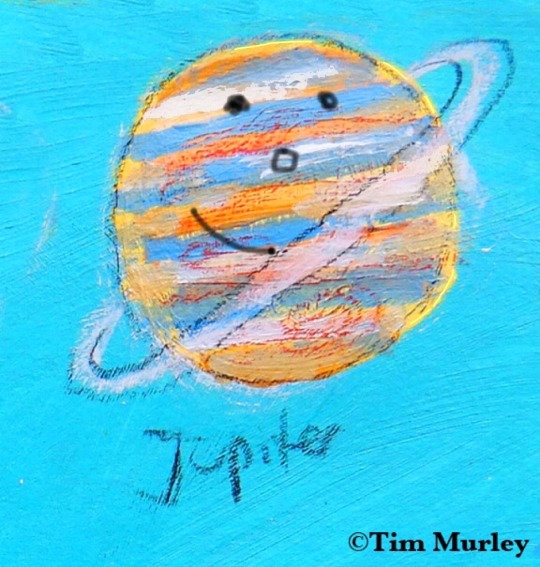
Who doesn’t love Jupiter?. ⭐️✨🪐💫🌟
#jupiter#Neptune#solar system#galaxy#neil degrasse tyson#astronomer#astronomy#cute art#kids books#kids room decor#childrens book illustration#kids art#naive art#planets#Saturn#pluto#Uranus#nasa hubble telescope#hubble telescope#nasa satellite#nasa#nasa image of the day#nasa photos#james webb telescope#james webb space telescope#astrology#mercury#Venus#mars#nasa mars landing
9 notes
·
View notes
Text

Supernova SN 1987A, one of the brightest stellar explosions since the invention of the telescope more than 400 years ago, is no stranger to the Hubble Space Telescope. The observatory has been on the frontline of studies into this brilliant dying star since its launch in 1990 three years after the supernova exploded on February 23, 1987. This image of Hubble's old friend, retreived from the telescope's data archive, may be the best ever of this object, and reminds us of the many mysteries still surrounding it. Dominating this picture are two glowing loops of stellar material and a very bright ring surrounding the dying star at the centre of the frame. Although Hubble has provided important clues on the nature of these structures, their origin is still largely unknown. Another mystery is that of the missing neutron star. The violent death of a high-mass star, such as SN 1987A, leaves behind a stellar remnant - a neutron star or a black hole. Astronomers expect to find a neutron star in the remnants of this supernova, but they have not yet been able to peer through the dense dust to confirm it is there. The supernova belongs to the Large Magellanic Cloud, a nearby galaxy about 168 000 light-years away. Even though the stellar explosion took place around 166 000 BC, its light arrived here less than 25 years ago.
via @/cosmoslegacy on ig
#poseidonsarmoury#dark academia#dark academia aesthetic#books & libraries#light academia#light academia aesthetic#space#nasa#esa#nasa aesthetic#nasa hubble telescope#hubble#supernova#space!!#galaxy#astronomy#astronomy photography#astrophysics#dark academic aesthetic#dark academic#chaotic academia
5 notes
·
View notes
Text
Something about space having giant clouds brings me endless joy

#space#clouds#space clouds#an almost infinite black abyss filled with fantastical masses of gasses and matter that form absolutely awe inspiring lights and colours#hubble#hubble space telescope#nasa hubble telescope#nasa#nasa photos#national aeronautics and space administration#space is so cool#space is the place#space is awesome#stars#galaxies#the universe#intergalactic#planets#planetary people looking for the perfect beat#pretty#space aesthetic#aesthetic
8 notes
·
View notes
Text
lagoon nebula

#arson screams#space#lagoon nebula#nebula#space dust is so cool look at it look#i love it#NASA#nasa hubble telescope#what hubble saw on february 12 2018#NASA feb 12 2018
3 notes
·
View notes
Text
Astrology enthusiasts in parts of the world gathered Tuesday to witness the last solar eclipse of the year, a phenomenon where the moon briefly casts a black shadow that blocks the sun.
#eclipse the series#eclipse phase#eclipse rwby#eclipse and lunar show#eclipse twins#fnaf sb#the daycare attendant#sun x reader#fnaf secruity breach#daycare attendant#nasa picture of the day#nasa hubble telescope#nasa moon mission#nasa dart mission#nasa mars#space#solar system#astronomy#outer space#jupiter
4 notes
·
View notes
Text

#ok but this aesthetic???#mcr return#my chemical romance#nasa picture of the day#nasa#hubble#nasa hubble telescope#astronomy#emo as hell#the foundations of decay#ALSO IM IN LOVE WITH THIS#nasa webb telescope#stars#universe#space#DID I MENTION IM IN LOVE
5 notes
·
View notes
Text
me: :(
pictures of space:


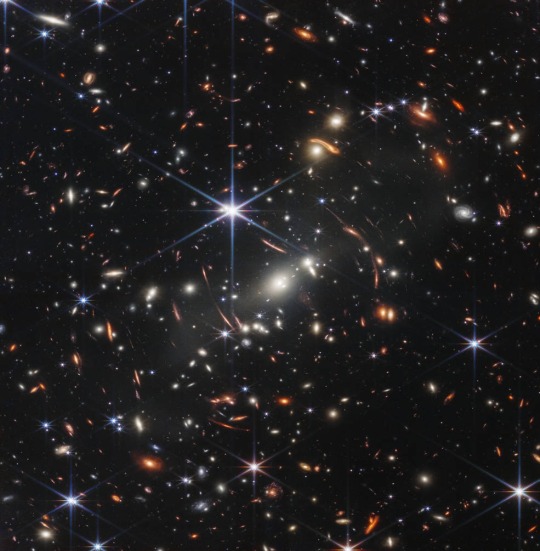

me: OMG SPACE IS SO PRETTY EVERYTHING IS RIGHT WITH THE WORLD :D
#space#astronomy#nasa hubble telescope#nasa photos#im like the space core from portal#the moment i see space stuff i go insane
6 notes
·
View notes
Text

Scientists released the shots Monday of the solar system's biggest planet.
The James Webb Space Telescope took the photos in July, capturing unprecedented views of Jupiter's northern and southern lights, and swirling polar haze. Jupiter's Great Red Spot, a storm big enough to swallow Earth, stands out brightly alongside countless smaller storms.
#nasa#nasa hubble telescope#nasa webb telescope#nasa photos#cartwheel galaxy#galaxy#james webb space telescope#james webb telescope#outer space#spiral galaxy#telescope#helix nebula#nebula#nebulae#nebulas#space#space exploration#space photos#space science#astronomy#jupiter#saturn
28 notes
·
View notes
Text

Starstruck in Terzan 4.
ESA/Hubble.
#starstruck#terzan 4#globular cluster#star cluster#cluster terzan#nasa hubble telescope#esa#astrophotography#cosmos#space#universe
7 notes
·
View notes